Considering the imminent exponential growth of the hydropower industry, it is essential that an arsenal of strategies is implemented in order to raise the sustainability standards within hydropower facilities – driving the industry towards a net zero future.
Of these strategies, protective coatings and repair composites have an important part to play. By intrinsically improving the integrity of key hydropower assets, these products help to accelerate the drive towards more sustainable hydropower facilities and, therefore, the decarbonisation of the sector.
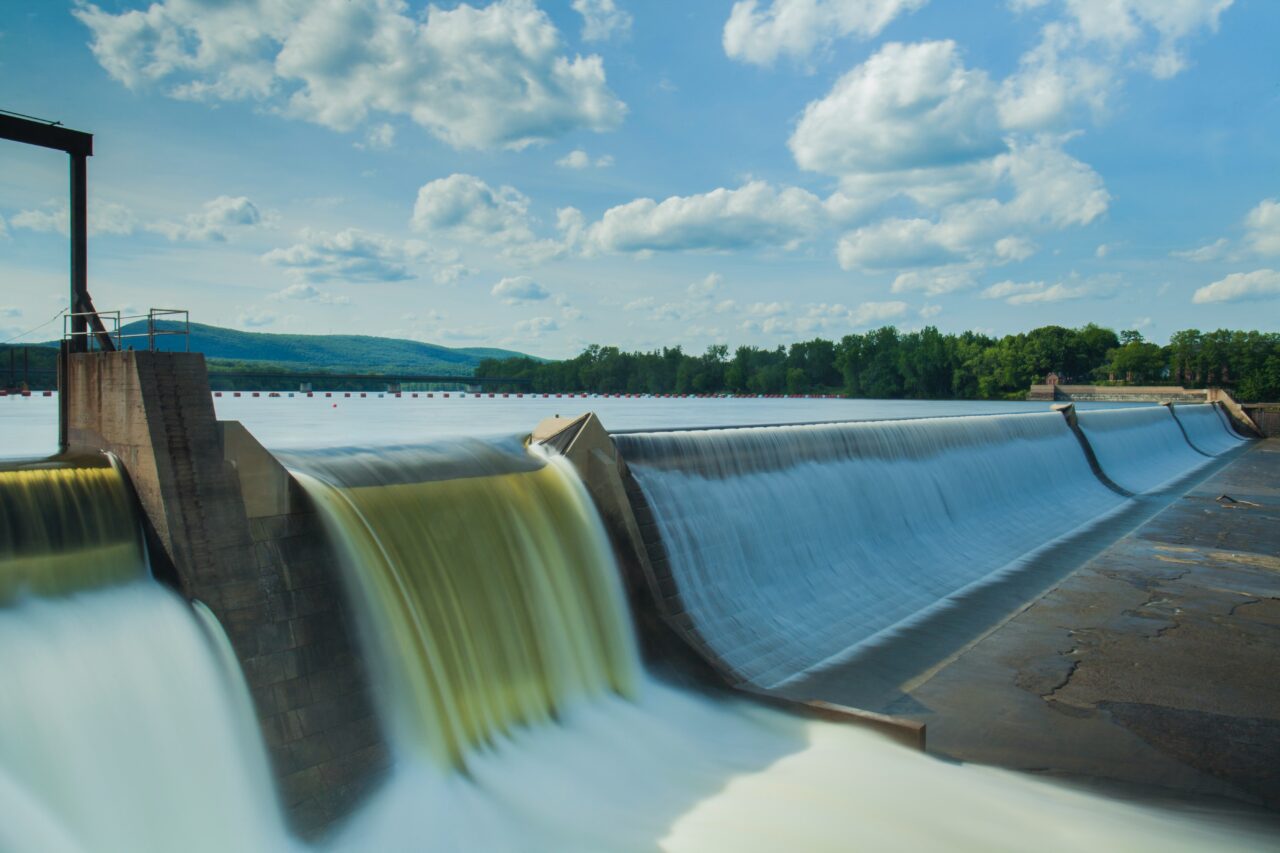
Is Hydropower Clean Energy?
While the environmental benefits of hydropower far outweigh fossil fuel alternatives, like most alternative energy sources, hydropower is not without its carbon footprint. Indeed, all energy sources, even renewables, produce carbon emissions in their lifecycle, due to the emissions caused by their manufacture, construction and operation.
While there are some hydropower facilities, such as Iceland’s Landsvirkjun, which have pledged to become carbon neutral, on average, the Intergovernmental Panel on Climate Change (IPCC) states that hydropower has a median greenhouse gas (GHG) emission intensity of 24 gCO₂-eq/kWh. This is the grams of carbon dioxide equivalent per kilowatt-hour of electricity generated allocated over its life-cycle. By comparison, the median figure for coal is 820 gCO₂-eq/kWh.

Hydropower Capacity Needs to Double by 2050
The need to mitigate this carbon footprint somewhat ratchets up when considering the huge role hydropower is set to play in supporting a net zero emissions by 2050 pathway (in line with The Paris Agreement).
In the International Energy Association’s (IEA) ‘Net Zero by 2050’ Roadmap (revised version 2021), the required growth of hydropower is colossal. The Roadmap states that hydropower capacity needs to ‘double by 2050’, positioning the industry as ‘[…] the third-largest energy source in the electricity mix by 2050.’
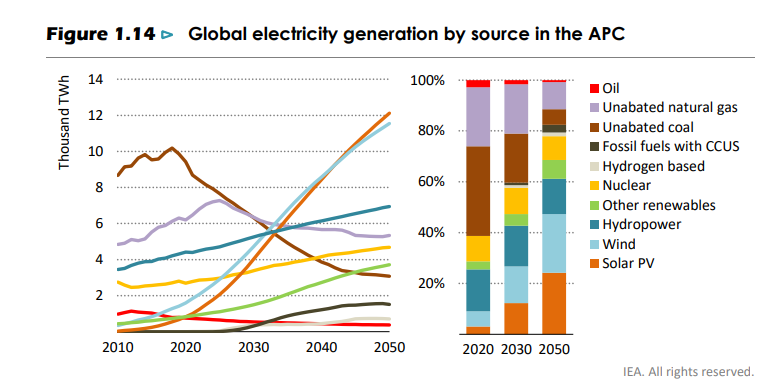
A Call to Modernise Aging Plants
While it is essential that hydropower capacity ‘doubles’ by 2050, one way of increasing this capacity is by, what the IEA describes as ‘modernising ageing plants’. In fact, their Roadmap details how between now and 2030, USD 127 billion – or almost one-quarter of global hydropower investment – will be spent on modernising ageing plants.
In regards to these ‘ageing plants’, according to the IEA, in North America, the average hydropower plant is nearly 50 years old and in Europe, the average is 45 years old.
The report goes on to say how: ‘These ageing fleets – which have provided affordable and reliable renewable electricity on demand for decades – are in need of modernisation to ensure they can contribute to electricity security in a sustainable manner for decades to come.’
Extend Lifespan of Hydropower Assets with Industrial Coatings and Composites
Industrial protective coatings and epoxy repair composites play a fundamental role in ‘modernising ageing plants’, which in turn, supports the decarbonisation of the hydropower industry.
By investing in this polymeric technology, aged assets can be repaired, protected and improved for the long term. This process successfully helps to mitigate the carbon footprint of hydropower facilities as it breathes new life into assets that would otherwise be decommissioned, replaced or sent to landfill.
Companies such as Belzona (established in 1952) have a portfolio of protective coatings and repair composites that have been used to improve the efficiency and performance of hydropower assets for decades.
Based on the level of erosion resistance required, the epoxy paste, Belzona 1111 (Super Metal) and composite repair polymer, Belzona 1311 (Ceramic R-Metal), can be specified for rebuilding damage and restoring efficiency in areas such as turbines, wicket gates and turbine casings.
The efficiency improving capabilities of these systems can be demonstrably identified in the two-part epoxy coating, Belzona 1341 (Supermetalglide). With this high-performance coating, the efficiency of fluid handling equipment, such as pumps, can be increased by up to 7% on new equipment and up to 20% on refurbished equipment.
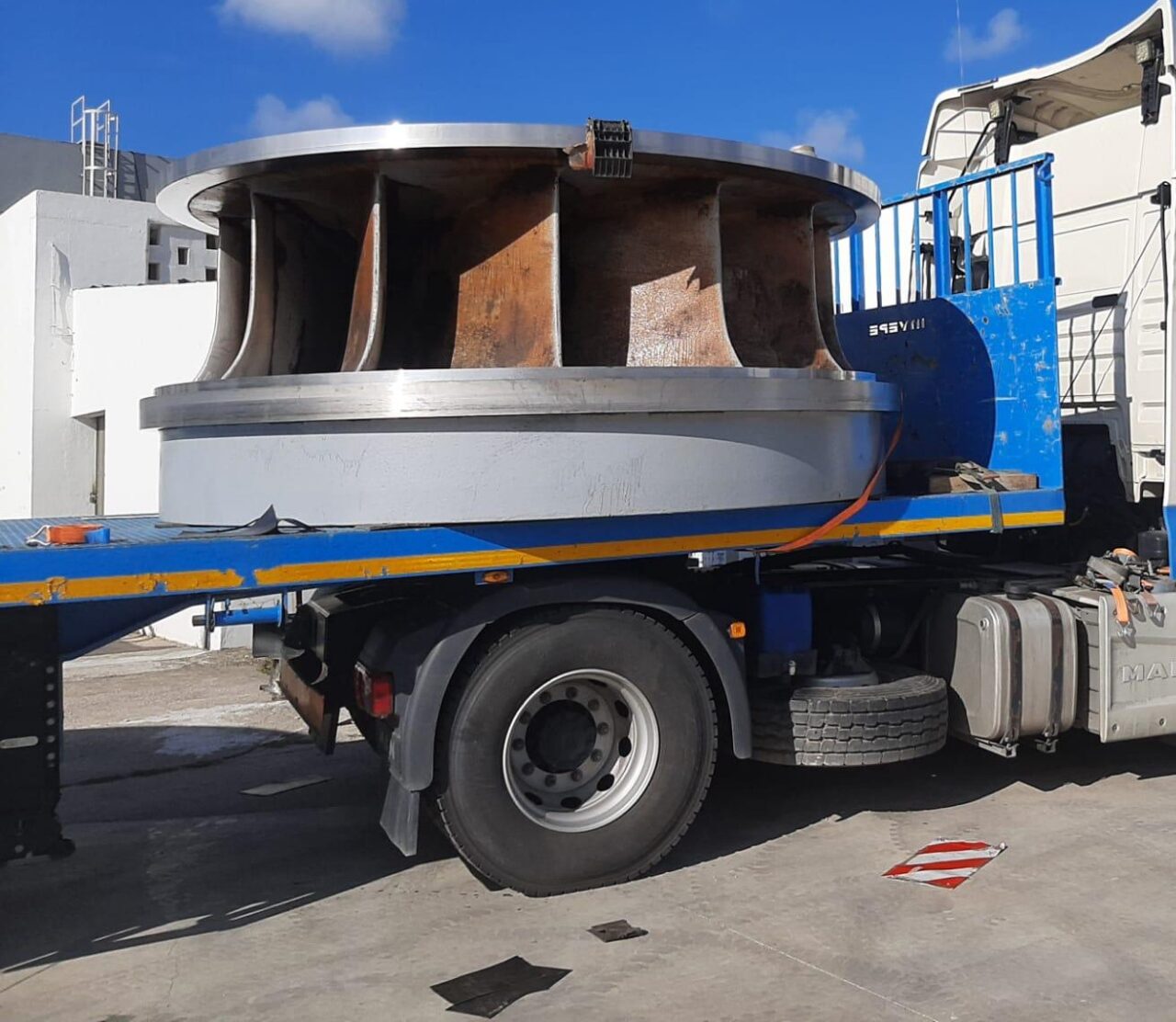
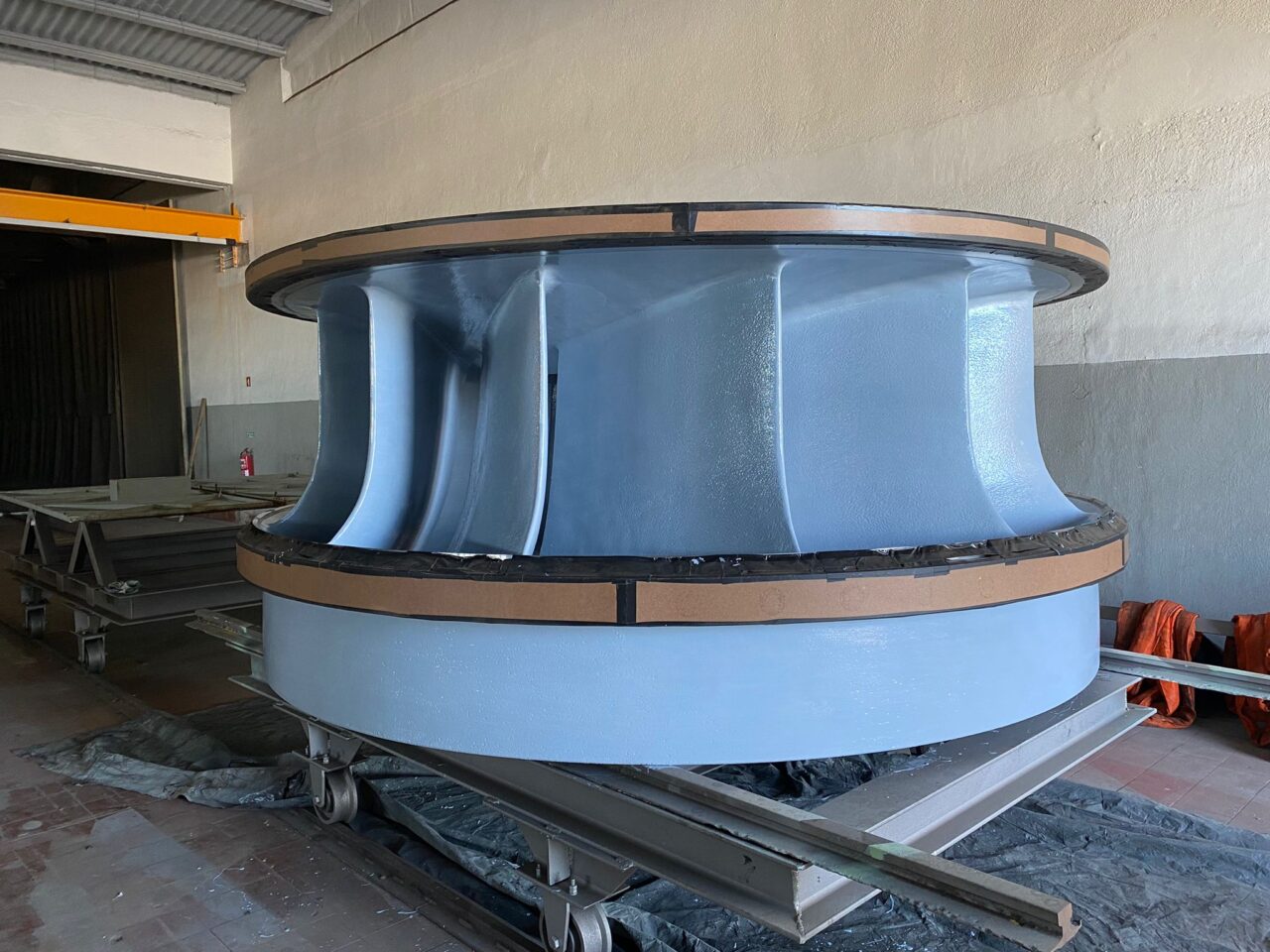
As seen in the graph below, in a study carried out by Leeds University, it was found that when compared to polished stainless steel, Belzona 1341 (Supermetalglide) was 15 times smoother.

The two-part polyurethane resin, Belzona 2141 (ACR-Fluid Elastomer), can be deployed in areas that are particularly subjected to high levels of cavitation, such as Kaplan turbine blades. This system offers an outstanding level of protection against cavitation at ultra-high velocities (up to 115 knots with no damage).
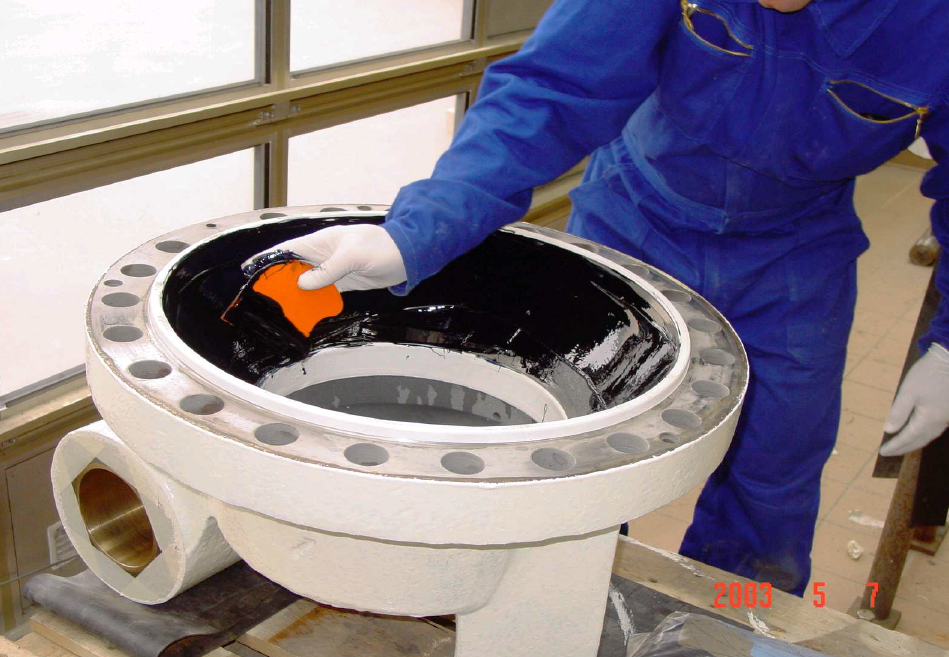
Belzona’s range of polymeric systems can be specified in the following application areas, amongst others: turbines, penstock gates, generators, spiral casings, draft tubes, transformers, powerhouses, control valves, dams, stilling basins and spillways.
Mitigating Hydropower’s Carbon Footprint
By investing in industrial protective coatings and epoxy repair composites, the lifespan of hydropower assets can be considerably prolonged. In turn, this supports more sustainable operations within hydropower facilities and, therefore, helps to mitigate the carbon footprint of the industry.
Please note, this article has also been published in Sustainable Business Magazine.
Want to learn more about Belzona’s solutions for the hydropower industry?

Chloe Hirst is the Senior Copywriter at Belzona Limited and is based in Harrogate, England. She gained a Bachelor’s Degree (with Hons.) in Media and Communications (specialising in Journalism) at Goldsmiths College, University of London. Chloe regularly writes case studies and thought leadership content featuring a variety of different industries, with a special focus on the renewables sector. In both 2023 and 2024, she won the Best Manufacturing Content Creation Specialist (UK) Award as part of Acquisition International’s Influential Businesswoman Awards.



